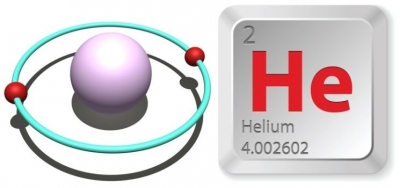
Liquid helium cools the magnets in the Large Hadron Collider, the world’s largest particle accelerator, down to -456.34 degrees Fahrenheit (-271.3 degrees Celsius).
The United States produces about 75 percent of the world’s helium, with Qatar coming in second. In 2013, fears of a global helium shortage loomed when a 1996 law went into effect requiring the U.S. Bureau of Land Management to sell off federal reserves of helium on the cheap, discouraging the development of new helium sources. However, Congress acted, passing the Helium Stewardship Act of 2013, which slowed the sale of federal helium and allowed the BLM to auction the gas at higher prices. The bill prevented the federal government from undercutting private producers, thus encouraging more sources of helium production to go online.
Helium is helping scientists peer past the limits of their knowledge about physics and chemistry, thanks to its convenient ability to become a superfluid with relative ease.
Superfluids are liquids that behave as if they have no viscosity, or resistance to flow. “When atoms come together in a superfluid state, they all of the sudden behave as one object,” said Oliver Gessner, a senior scientist at the Ultrafast X-ray Science Laboratory at Lawrence Berkeley National Lab, and one of the lead researchers on a project that delved into superfluid helium and observed some very bizarre behavior.
Gessner and his colleagues were looking to push the limits of fundamental physics by testing the behavior of superfluid flows under conditions never studied before. They turned to helium because this element’s atoms come together into a superfluid state at temperatures that are relatively easy to generate, Gessner told Live Science — about 2 Kelvin, or minus 456 degrees Fahrenheit (minus 271 degrees Celsius). Other elements would freeze solid at those temperatures, Gessner said.
Picture Credit : Google



